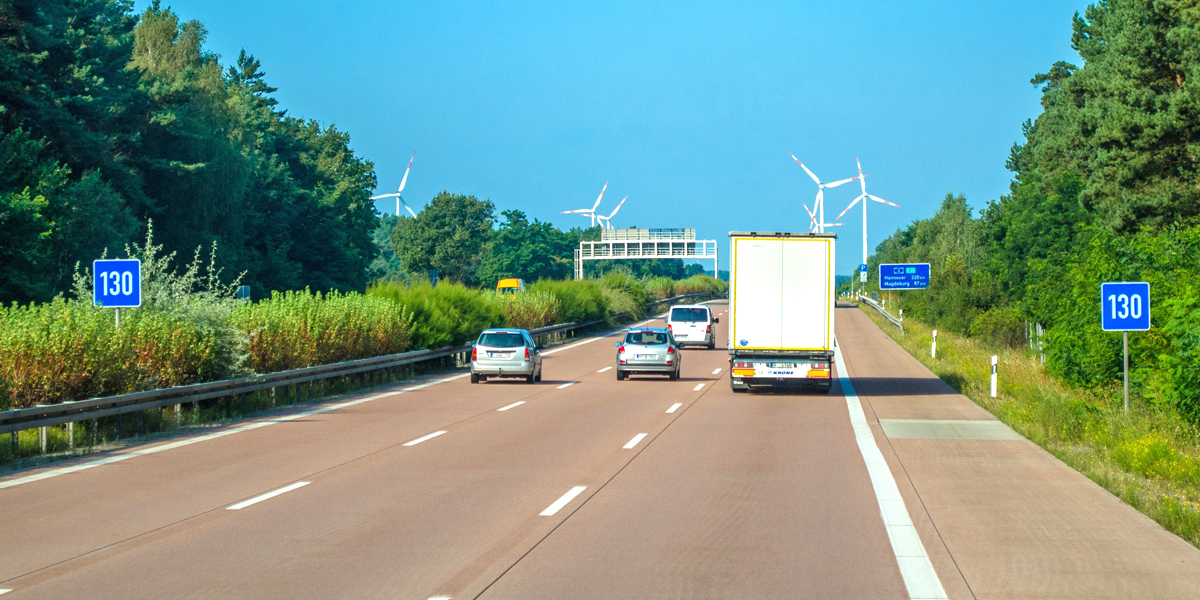Charge-as-you-drive technology is a form of dynamic charging that has undergone lots of testing in recent years but the latest reports coming out of Sweden are the most ambitious yet.
The e-motorway, which is planned to be built by 2025, will take up a 13-mile stretch of the current E20 motorway that sits between the country’s three main cities - Stockholm, Gothenburg and Malmö. The route has been chosen specifically because it facilitates most of Sweden’s freight transportation.
If all goes to plan, Sweden hopes to have 3,000km of electrified road by 2035.
With the EU recently passing a law that requires all new cars from 2035 to emit zero carbon emissions, new innovative charging solutions like e-motorways will help countries oversee a smoother EV transition.
At the moment, plans are still in the development stage and there are several ways the charging technology could be implemented along the motorway.

One strategy involves a catenary system that uses overhead wires to provide power. This would be most suitable for heavy-duty vehicles like buses or trams.
Another tactic involves a ground-based conductive system which needs engineers to fit a rail into the road that can send power to EVs via a stick that touches the rail. This method has already undergone testing in Sweden and would be suitable for both heavy-duty vehicles and private cars.
The final option uses inductive charging which sends power wirelessly to a metal coil fitted on the EV. The coil then uses that electricity to charge the vehicle's battery. This type of tech is already used widely in the latest mobile phone releases and has been tested on EVs before.
If successful, the widespread implementation of advanced dynamic charging technology would enable EVs to carry smaller batteries while making fewer stops at charging stations. This will be particularly useful for large heavy-duty vehicles especially as they travel down main roads that are easier to engineer into e-motorways.








